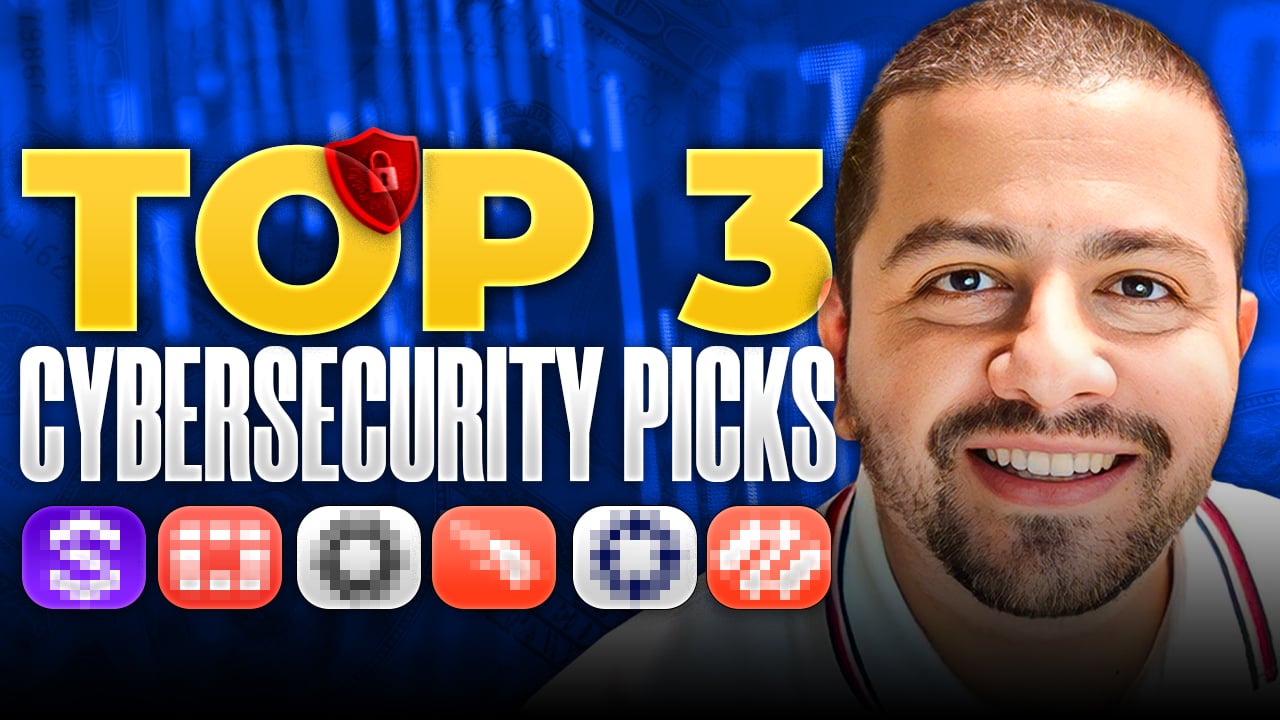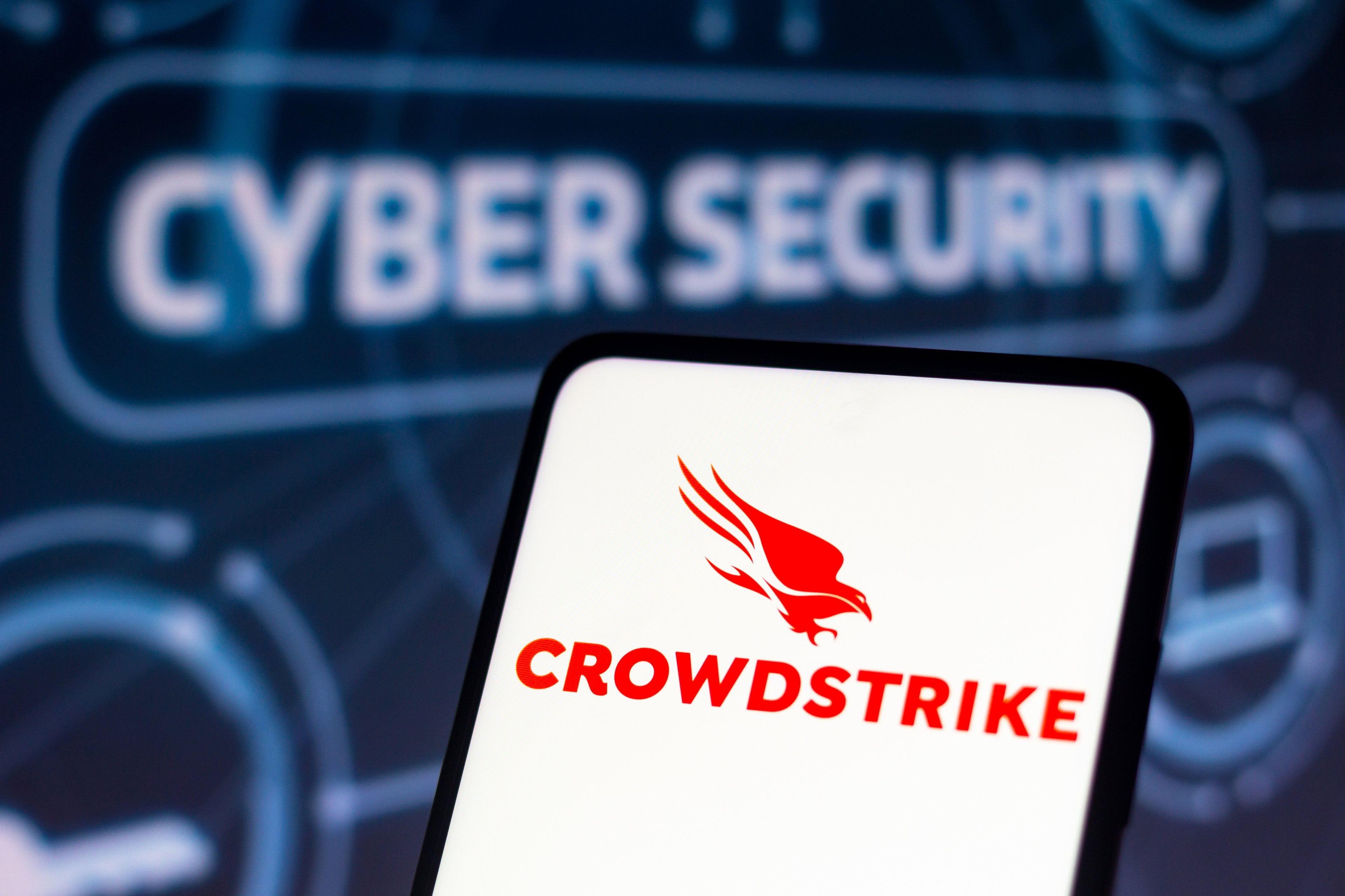The fast-growing cybersecurity vendor CrowdStrike (CRWD +0.22%) reported impressive second-quarter results. Revenue grew 94% year over year, reaching $108.1 million, which was $4.1 million above the high end of guidance. And losses of $23.1 million were lower than the forecasted $30 million.
The company's core product -- its cloud-based endpoint protection solution -- received praise from leading industry consultants. Gartner positioned CrowdStrike as a leader in its magic quadrant for endpoint protection platforms, just behind Microsoft and ahead of more than 20 competitors.
Yet, the stock price dropped by 9.21% during after-hours trading. Usually, weak guidance justifies negative reactions from the market when reported results exceed expectations. But that wasn't the case. Management lifted guidance for the full year with higher revenue and lower losses than previously anticipated.
The market reaction may be due to the lofty valuation. Even with the drop in the stock price to $65.66, the market still values the company at a high price-to-sales ratio of about 30 times, based on the midpoint of the forecasted revenue for the full year.
Despite growing so quickly, there are some reasons to challenge the demanding valuation.

Image source: Getty Images.
Some areas of concern
While revenue is growing, losses are increasing. During the previous quarter, the company posted a loss of $51.9 million. The losses are due to the high sales and marketing expenses that represented 60.4% of the total sales. These costs contribute to strong revenue growth. But the company will still have to show it can become profitable when it reaches scale.
VMware's recent acquisition of CrowdStrike's competitor Carbon Black is another source of concern. Dell Technologies owns a majority of VMware, and CrowdStrike previously announced a partnership with Dell to distribute its solution. VMware's acquisition creates a potential conflict of interest. Dell may decide to prioritize its business with Carbon Black over its partnership with CrowdStrike.
Besides these concerns, CrowdStrike is a potential acquisition target and it's a reason for the valuation to remain high.
The case for an acquisition
Revenue growth and third-party reports demonstrate CrowdStrike offers a compelling endpoint protection solution. But endpoint protection is just a part of a complete enterprise security architecture. Enterprises still need other cybersecurity components like firewalls and gateways to protect their infrastructure. Different vendors for every aspect of a security architecture means customers must deal with many counterparts. Consolidation of security solutions reduces this burden: Administration is simplified and security solutions become hemogenous.
Bigger companies like Cisco and Palo Alto offer a broader portfolio of cybersecurity solutions. But these tech vendors sometimes miss the flexibility and the focus to innovate on niche products. A solution for them consists of acquiring smaller security companies to take advantage of their innovations and bring them to scale.
Also, other vendors want to capture the expected growth of the cybersecurity market by acquiring cybersecurity companies. For instance, last month, the semiconductor manufacturing company Broadcom acquired Symantec's enterprise business.
Thus, due to its successful niche product and its smaller scale, CrowdStrike is an interesting potential acquisition. But valuing the company based on a potential acquisition is speculative. A transaction may never happen in the first place. And, even if it does, the timing and the agreed price may disappoint current shareholders.
Conclusion
With better-than-expected results and raised guidance, the drop in the stock price is surprising. Despite the negative market reaction, the valuation is still demanding, though. Nonetheless, CrowdStrike is an ideal candidate for an acquisition. But hoping for such a transaction at a favorable price corresponds to a speculative investment decision.
Thus, despite its impressive performance, the company must still grow at a fast pace for many years and become profitable to justify such a high valuation.






